About 60 million years ago, the largest snake in the history of the Earth lived in South America. Judging by the finds, it reached 13 meters in length and weighed more than a ton, so scientists gave it a suitable name – Titanoboa cerrejonensis. Such a large creature needed a lot of energy to live, so the snake ate crocodiles and other large animals. If she lived in our times, the people who encountered her would not have a single chance of survival. For many years, Titanoboa was considered the most dangerous snake, but recently scientists discovered the remains of an even larger and deadlier reptile. If the researchers' calculations are correct, about 47 million years ago a snake 15 meters long lived in India. She was slow, but from an ambush she could easily kill and eat any large prey.
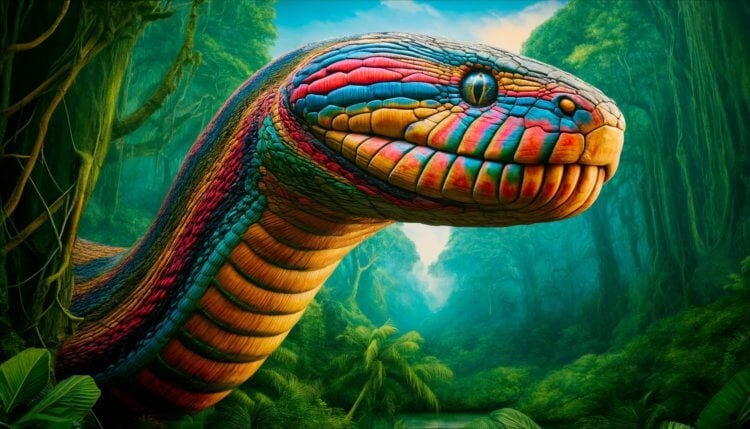
Millions of years ago, one of the largest snakes in the history of the Earth lived in India
The largest snake in the history of the Earth
The remains of a huge snake, which may be larger than the legendary Titanoboa, were found in a coal mine in the Indian state of Gujarat. Paleontologists unearthed 27 well-preserved vertebrae ranging in length from 37.5 to 62.7 millimeters. Based on this data, scientists estimate that the length of the ancient giant could be from 10.9 to 15.2 meters. There is a possibility that the Indian snake was larger than the Titanoboa mentioned at the beginning of the article.
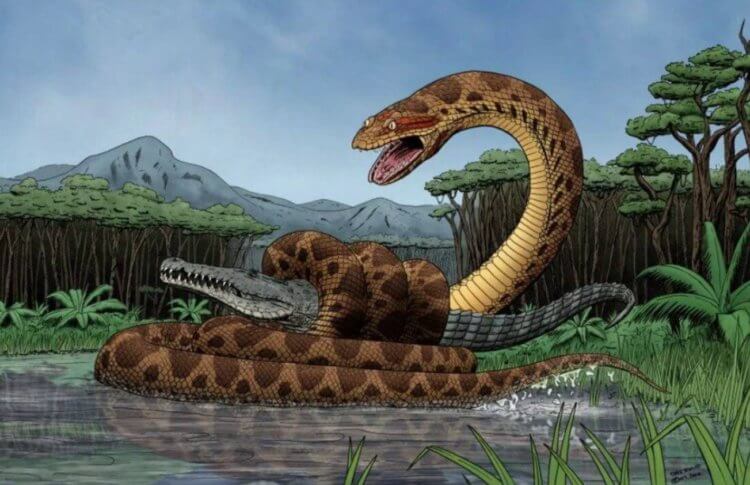
The Titanoboa snake as imagined by the artist. Image source: arhe.msk.ru
The ancient snake lived 47 million years ago and belonged to the extinct family Madtsoiidae. Scientists have given it the scientific name Vasuki indicus after the snake Vasuki of Hindu myths. The word “Indicus” in turn translates as “Indian.”
Given the large size of the ancient snake, it was unlikely to be fast and agile. It is more believed that she was slow and attacked the victims, jumping out from an ambush. In its hunting methods, it could be similar to modern anacondas and pythons.
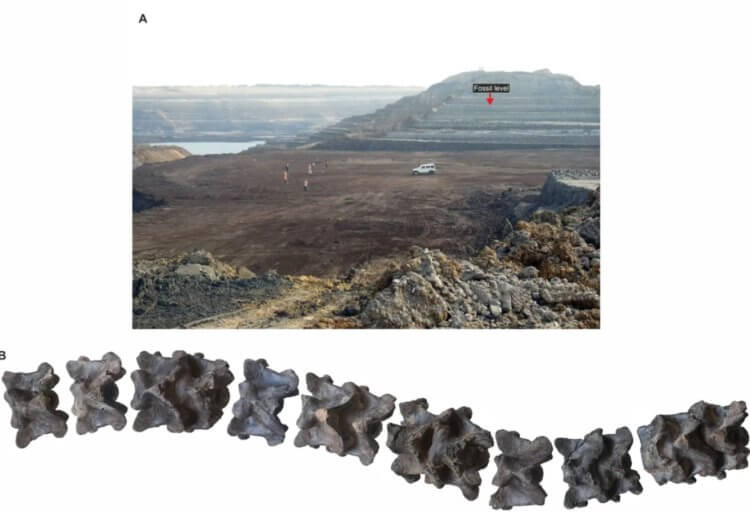
The image shows: a) the rock layer in which the remains of the snake were found; b) vertebrae of an ancient snake. Source: iflscience.com
Anacondas and pythons hunt animals, staying in the shadows for a long time, and then rushing at them with lightning speed. They then wrap their muscular bodies around the victims and strangle them until they die.
Scientists do not know exactly what animals the Vasuki snake hunted. Not far from the vertebrae found in the same layers of rock, researchers discovered the remains of stingrays, sharks, catfish, turtles and crocodiles, but there were no skeletons of land mammals. So the ancient monster could feed exclusively on aquatic inhabitants.
No Photoshop:These giant animals exist in reality
Why are ancient animals so big
< p>The fact that the world's largest snake lived millions of years ago is not surprising. In ancient times, our planet was full of huge animals, and there were reasons for this. First, many years ago, organisms could grow to larger sizes due to wetter, warmer climates. Secondly, many of them did not have serious enemies, so they could easily develop over thousands of years and become large. Thirdly, in prehistoric times, animals had a lot of food and oxygen available, which also made a big contribution to their growth.
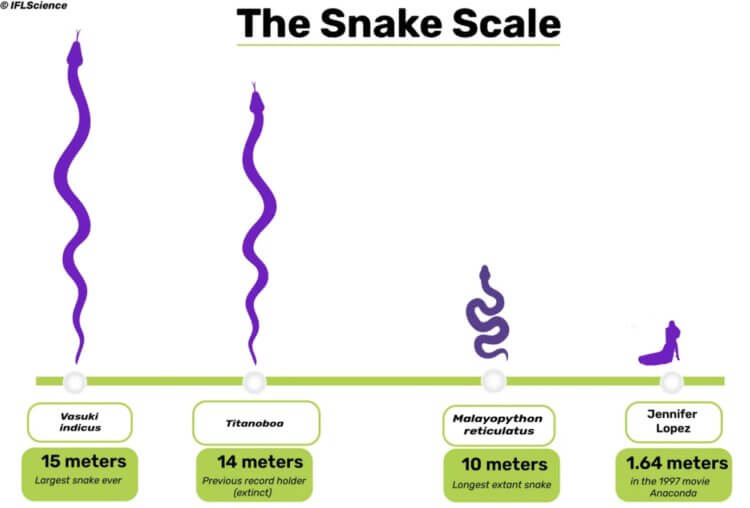
Comparison of ancient snakes and… actress Jennifer Lopez. Image source: iflscience.com
Scientists are inclined to believe that the Vasuki snake reached 15 meters in size because it was a cold-blooded animal. In this group of animals, body temperature depends on environmental conditions, so they were most comfortable living in hot conditions. In the modern world it is not as hot as in ancient times, so reptiles unconsciously feel worse and cannot grow to record sizes.
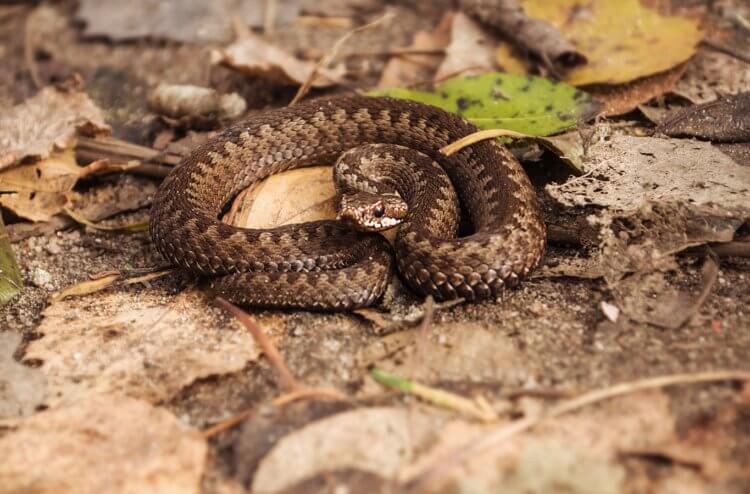
Snakes are cold-blooded animals, so they love to bask in the sun. Photo source: drive2.ru
In addition to all this, the giant snake had no natural enemies, as we mentioned above, they were not afraid to attack even crocodiles. Modern snakes do not grow as much because their populations and habitats are being destroyed by people.
You will be interested:Why are there so many snakes on Earth?
The most large modern snakes
The Vasuki snake and Titanoboa have long been extinct, but large snakes still exist today. These are pythons and anacondas, and scientists cannot agree on which of them is larger. If we take body weight as a size, the largest are anacondas, they weigh up to 500 kilograms. If we talk about body length, the record belongs to pythons that grow up to 10 meters. You can read more about these snakes in our article “Is the longest snake in the world an anaconda or a reticulated python?”
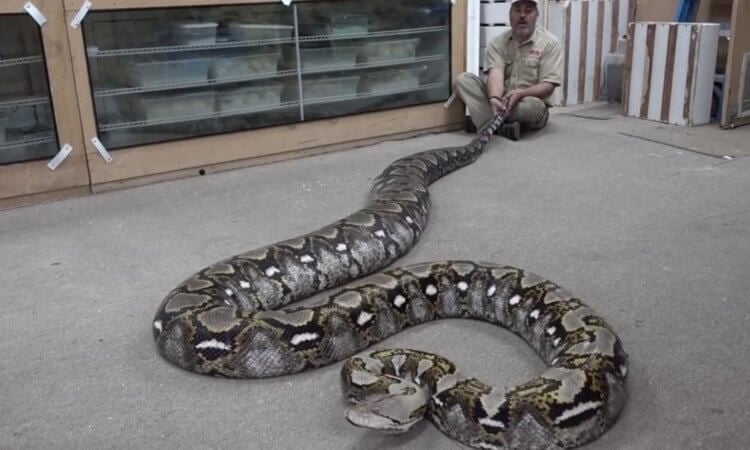
Python snakes amaze with their size. Photo source: newizv.ru
If you are still not subscribed to our Zen and Telegram channels, it’s time to fix it. There are already more than 100 thousand of us!
The ancient snake was capable of strangling even large predators, so it did not need powerful poison. But the black mamba snake cannot boast of powerful muscles, so to survive it needs the ability to move quickly and kill with its venom in 100% of cases.